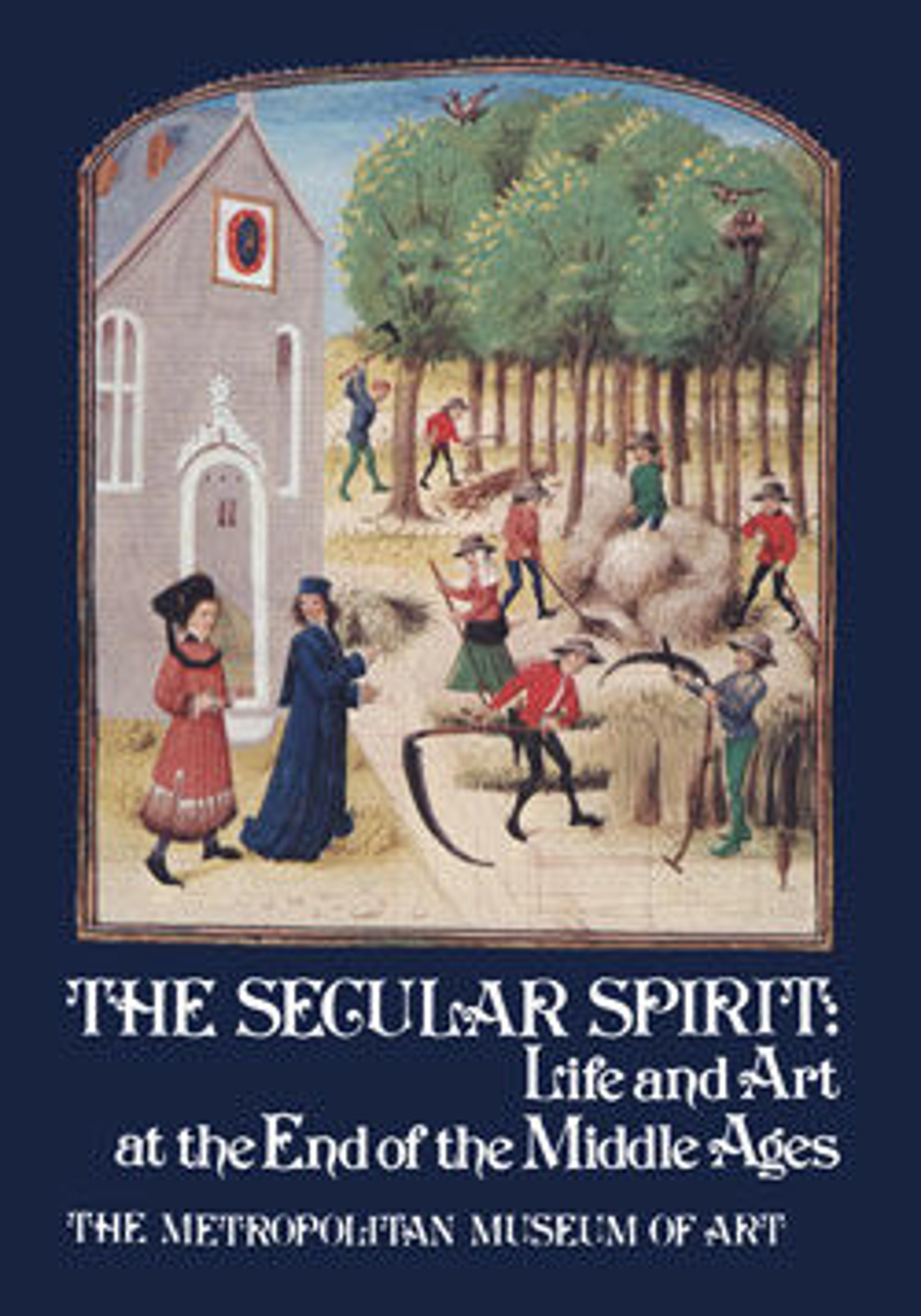Jug
Unlike Spanish and Italian tin-glazed earthenware, English pottery was not produced in a few particular sites, but over the entire country wherever the necessary clay beds existed. Produced in vast numbers for ordinary usage, these wares had little decorative value. For this reason, few examples have survived, and these have been recovered almost exclusively through excavation. The representation of English earthenware on the tables of affluent households, such as that in the Luttrell Psalter, is exceedingly rare. In spite of their commonplace nature, however, these objects can be appreciated for their pleasing profiles and simple, if occasionally careless, decoration.
Vessels such as this one, produced during the first half of the sixteenth century and generally referred to as Tudor jugs, were decorated with bands incised by a stylus on the wet clay while the jug was still spinning on the potter’s wheel. The vessel was then fired and given a bright green glaze. These jugs were made not only for pouring but were apparently used for drinking as well. As they resemble certain types of Rhenish stoneware vessels, it is possible that their style was influenced by German or Netherlandish immigrant potters working in Surrey, the probable site of their manufacture.
Vessels such as this one, produced during the first half of the sixteenth century and generally referred to as Tudor jugs, were decorated with bands incised by a stylus on the wet clay while the jug was still spinning on the potter’s wheel. The vessel was then fired and given a bright green glaze. These jugs were made not only for pouring but were apparently used for drinking as well. As they resemble certain types of Rhenish stoneware vessels, it is possible that their style was influenced by German or Netherlandish immigrant potters working in Surrey, the probable site of their manufacture.
Artwork Details
- Title: Jug
- Date: early–mid-16th century
- Culture: British
- Medium: Earthenware, glazed
- Dimensions: Overall: 6 1/4 x 6 5/16 x 4 3/4 in. (15.8 x 16 x 12 cm)
- Classification: Ceramics
- Credit Line: Rogers Fund, 1952
- Object Number: 52.46.3
- Curatorial Department: Medieval Art and The Cloisters
More Artwork
Research Resources
The Met provides unparalleled resources for research and welcomes an international community of students and scholars. The Met's Open Access API is where creators and researchers can connect to the The Met collection. Open Access data and public domain images are available for unrestricted commercial and noncommercial use without permission or fee.
To request images under copyright and other restrictions, please use this Image Request form.
Feedback
We continue to research and examine historical and cultural context for objects in The Met collection. If you have comments or questions about this object record, please contact us using the form below. The Museum looks forward to receiving your comments.
